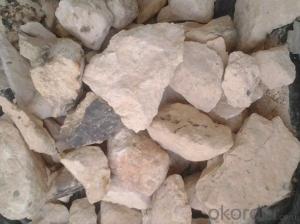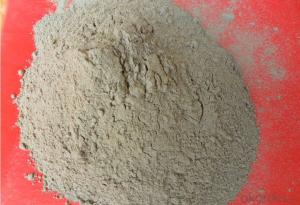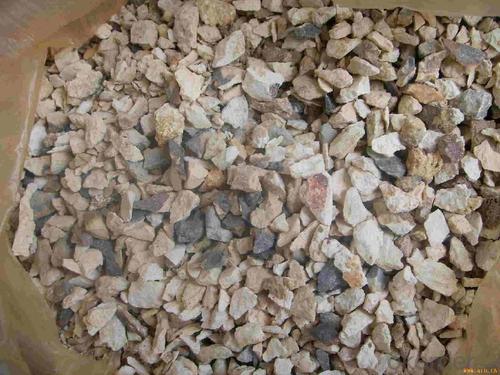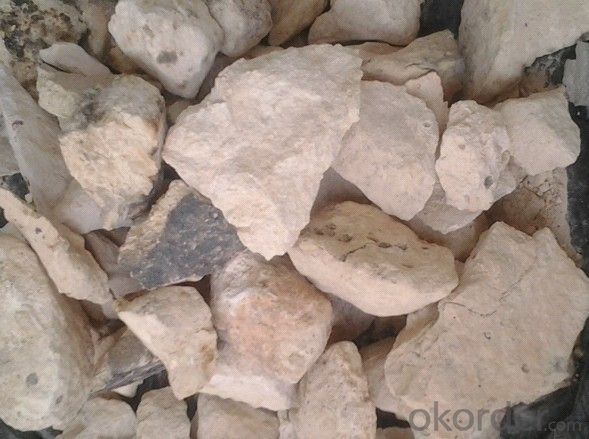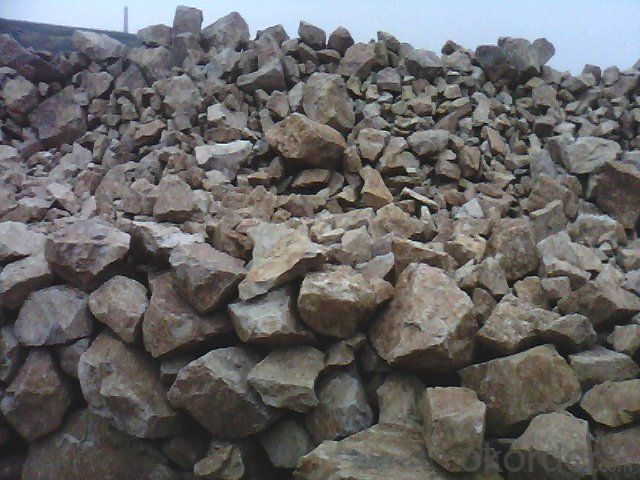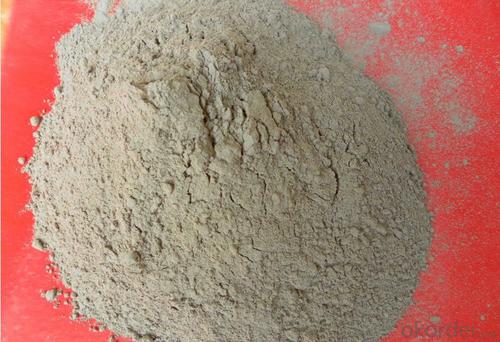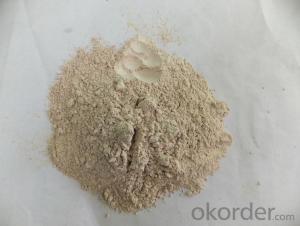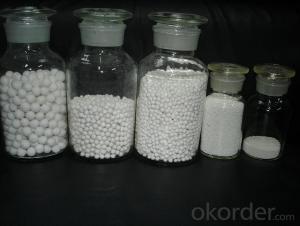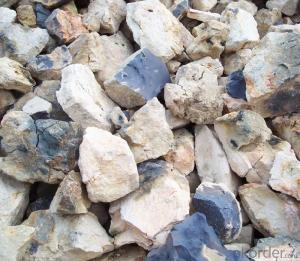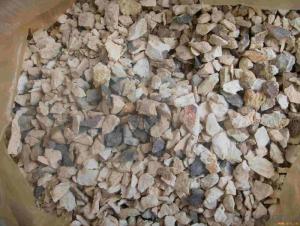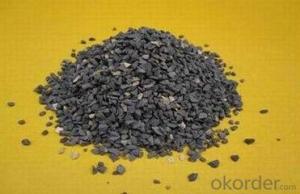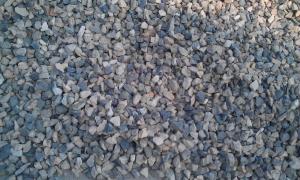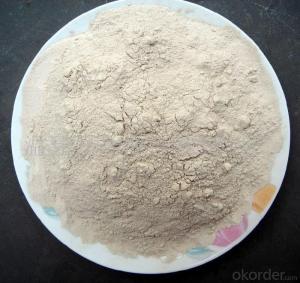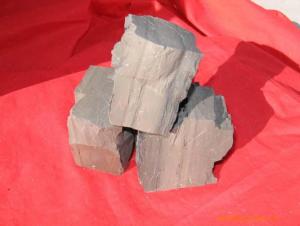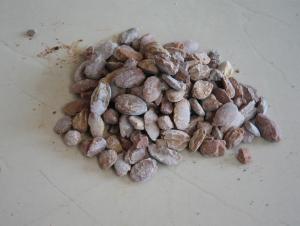Raw Materials for Refractory:China Natural Refractory Calcined Bauxite Low Price with Detailed Specifications
- Loading Port:
- Tianjin
- Payment Terms:
- TT or LC
- Min Order Qty:
- 111 m.t
- Supply Capability:
- 11111111 m.t/month
OKorder Service Pledge
OKorder Financial Service
You Might Also Like
1.Structure of Calcined Bauxite Description
Bauxite (aluminous soil; Bauxite) is also called the alumina or bauxite, main ingredients are alumina, hydrated alumina containing impurities, is an earthy mineral. White or gray, brown and yellow or light red by iron. From 4 to 3.9 g/cm3 density, hardness, 1 ~ 3 is not transparent, very brittle. Very difficult to melt. Insoluble in water, soluble in sulfuric acid, sodium hydroxide solution. Mainly used for aluminium, refractory material.
2.Main Features of the Calcined Bauxite
Calcined bauxite is one of the principal ore of aluminum. Calcined bauxite contains hydrous aluminum oxides and aluminum
hydroxides, formed through the laterization of aluminous rocks in tropical and subtropical areas .Calcined bauxite is obtained by calcining (heating)superior grade bauxite at high temperature (from 85OC to 1600C) .This removes moisture there.By increasing the alumina content,compared to an alumina content of about 57%to 58% in raw bauxite, calcined bauxite has an alumina content of 84%to88%.The heating is carried out in rotary kilns.
3.Main usage of the Calcined Bauxite
(1) aluminium industry. Used in national defense, aerospace, automotive, electronics, chemical industry, daily necessities, etc.
(2) precision casting. Alumina clinker made after the mould precision casting processed into fine powder. Used in military industry, aerospace, communications, instrumentation, machinery and medical equipment department.
(3) is used for refractory products. High bauxite clinker refractoriness is as high as 1780, chemical stability strong, and good physical properties.
(4) aluminum silicate refractory fiber. With light weight, high temperature resistance, good thermal stability, low thermal conductivity, heat capacity is small and the advantages of resistance to mechanical shock. Used in iron and steel, nonferrous metallurgy, electronics, petroleum, chemical, aerospace, atomic energy, defense and other industries.
(5) in magnesia and bauxite clinker as raw materials, add the appropriate binder, used for pouring ladle whole ladle lining has particularly good effects.
(6) manufacture alumina cement, abrasive materials, ceramic industry and chemical industry can be aluminum of various compound.
4. Calcined Bauxite Images

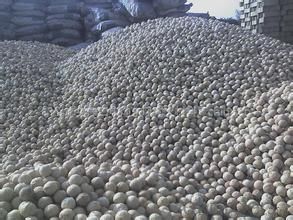
5. Calcined Bauxite Specification
Grade | AL2O3 | SIO2 | FE2O3 | TIO2 | K2O+Na2O | CaO+MgO | Bulk density |
HX75 | 75min | ≤17 | ≤3.0 | ≤4.0 | ≤0.3 | ≤0.5 | ≥2.70 |
HX80 | 80min | ≤12 | ≤3.0 | ≤4.0 | ≤0.3 | ≤0.5 | ≥2.80 |
HX85 | 85min | ≤8 | ≤2 | ≤4.0 | ≤0.3 | ≤0.5 | ≥3.00 |
HX86 | 86min | ≤7 | ≤2 | ≤4.0 | ≤0.3 | ≤0.5 | ≥3.10 |
HX87 | 87min | ≤6 | ≤2 | ≤4.0 | ≤0.3 | ≤0.5 | ≥3.20 |
HX88 | 88min | ≤5 | ≤1.8 | ≤4.0 | ≤0.25 | ≤0.5 | ≥3.25 |
HX90 | 90min | ≤3 | ≤1.8 | ≤4.0 | ≤0.25 | ≤0.5 | ≥3.3 |
Moisture(max) | 0.50% | ||||||
6.FAQ of Calcined Bauxite
1). Q: Are you a factory or trading company?
A: We are a factory.
2). Q: Where is your factory located? How can I visit there?
A: Our factory is located in ShanXi, HeNan, China. You are warmly welcomed to visit us!
3). Q: How can I get some samples?
A: Please connect me for samples
4). Q: Can the price be cheaper?
A: Of course, you will be offered a good discount for big amount.
- Q: Are fire materials poisonous after burning?
- High temperature oxide materials in refractory special applications, such as aluminum oxide, lanthanum oxide, beryllium oxide, calcium oxide, zirconium oxide, refractory compounds, such as carbides, nitrides, borides, silicides and sulfides; high temperature composite materials, including metal ceramics, high temperature inorganic coatings and fiber reinforced ceramics.
- Q: What is the requirement of refractory concrete for raw materials? What is the main principle of commercial mixing station?
- Commodity concrete stations can not be produced in general, and are made by professional fire resistant concrete manufacturers.
- Q: How long is the fire resistance time of the AAAfire resistance rolling shutter door?
- How long is the fire resistance time of the AAA fire resistance rolling shutter door?
- Q: What antioxidant will be used in refractories?
- Antioxidant: Si, Al, Mg, Ti, AlSi, AlMg, SiC, TiC, ZrC and these metal nitride, boride. Sintering agent: different mechanism, Cr2O3 to promote the sintering of alumina;CaO/MgO style promote ZrO sintering;Siliceous ramming material to add boron bottles, magnesia coating and clay, etc.
- Q: Who knows about the differences between 3M fireproofing materials and ShiLiDe materials?
- ShiLiDe materials are relatively poor, and have nothing to do with 3M at all. 3M is a brand! 3M company is famous for innovation around the world. It has developed a variety of products in a hundred years, involving in automotive, chemicals, telecommunications, construction and other fields. 3M automotive aftermarket has more than 3,000 products (more than 20% of which are high-tech patented products). The world's first explosionproof and heat insulating film, and the first waterproof abrasive paper were born in 3M Company. The abraser, polishing materials, mirror finish of paintwork, the internal and external auto beauty of 3M Company rank the first place in the world. 3M films are divided into conventional films and crystalline auto films. The conventional films of 3M generally have five-layer structure, the base of films is a polyester film which is s plastic film of tearing and puncture resistance. The film is coated with thermal insulation layer, ultraviolet isolation?layer, adhesive layer, wear-resistant layer, and protective layer which finally becomes thermal insulation and explosion-proof film with metal sputtering method. Optical micro-attach technology is used in the polyester?film which is the base of 3M crystalline auto film. It is coated with more than 240 layers of optical coatings in order to achieve better thermal insulation performance, and be the top anti-explosion and heat-insulating film with clear sight. I hope my answer can help you. Thank you.
- Q: How many refractories are there for boiler above 1200 ℃?
- In addition to refractory brick, refractories include refractory concrete (refractory cement+aggregate), fire-resistant insulating layer (refractory cement+vermiculite powder or refractory cement + diatomaceous earth) and the like. Refractories often used are azs brick, corundum brick, direct-bonded?magnesia-chrome?bricks, carborundum brick, silicon nitride bonded silicon carbide brick, nitride, silicide, sulfide, boride, carbide and other nonoxide refractory materials, calcium oxide, chromium hemitrioxide, aluminium oxide, beryllia and other refractories. Thermal insulation refractory materials often used are diatomite product, asbestos product, insulation?board,etc. Unshaped refractories often used are repairing?mass, ramming?mass, castable refractory, plastic refractory, refractory mortar, refractory gunning mix, sling refractory, refractory coating, lightweight refractory?castables, stemming, etc.
- Q: What's the heat conductivity coefficient, specific heat capacity and density of the refractory material of magnesite-chrome brick and magnesia-alumina brick respectively?
- It is suggested that you find some samples of well-known manufacturers, such as Ogilvy and Mather Group, and that will be more correct.
- Q: how to classify Insulating Refractory ?
- We are glad to answer your questions! This one is professional. My advice is to go through relevant webs for reference.
- Q: what are the types of piping insulation material fire?rating?
- Pipe insulation material Fire rating: heat conductivity coefficient(at room temperature) 0.025 grade non-combustible Class A low temperature bending ≤ 5000 breaking elongation 5,000 specifications 5000 anti-bending?strength 5000 compressive?strength 5000 special brand of high use temperature -250 ~ 150 ℃ core material, phenolic foam, form, stratiform, shape,flake.
- Q: Development trend of refractory industry
- China announced that from 2004 January, the export of most refractory raw materials will be cancelled, and the export of finished products will also reduce the tax rebate rate. This means that important raw materials for further export restrictions, some developed countries dependent on imports of China's refractory materials and products of the refractories industry will have a major impact. In order to reduce costs, they will move their factories to Chinese, which is the development of Chinese refractories industry will also be an important opportunity. In addition, the convenience of communication and transportation, the change of the international market and the increase of e-commerce have also brought good opportunities to the development of refractory industry.
Send your message to us
Raw Materials for Refractory:China Natural Refractory Calcined Bauxite Low Price with Detailed Specifications
- Loading Port:
- Tianjin
- Payment Terms:
- TT or LC
- Min Order Qty:
- 111 m.t
- Supply Capability:
- 11111111 m.t/month
OKorder Service Pledge
OKorder Financial Service
Similar products
Hot products
Hot Searches
Related keywords

